Modern culinary techniques, in my way: Sous Vide
Hello, Steemers!
It is time to keep promises and I want to start by publishing summaries of the most used techniques in modern cuisine. This time it's about the Sous-Vide technique or the vacuum cooking and I'll explain what this technique is about.
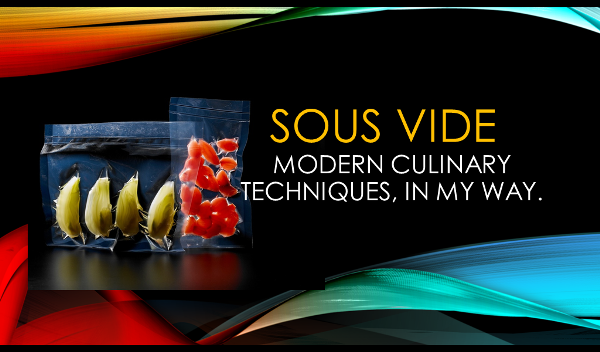
This is a subject that encompasses many scientific concepts, so many that it can even cover chemical investigations. But in order not to make the subject deep and we are going to focus on the domestic gastronomic use, we will only take into account three basic concepts:
Vacuum1:
It is the total absence or lack of content within a space. It is also called gauge pressure, when the difference between the actual pressure is lower than the atmospheric pressure. This means that when a quantity of pressure applied to a space is lower than the atmospheric pressure in which it is subjected, it is in a state of minimum pressure, extracting all matter and compressing the space and the particles that remain inside it. .Pasteurization2:
Created by the chemist Louis Pasteur, it is a technique used mostly in liquids or foods, to reduce almost in its entirety the presence of pathogens that the element could contain, using a low temperature cooking for a certain time, without causing great physical changes of the foods. It is important to be clear with this theory, since a bad exercise of this could cause that the foods are not innocuous, so I invite you to investigate more on the subject.Maillard reaction3:
Studied by Louis-Camille Maillard, it is the reaction of the non-enzymatic gliation process of proteins, that is, the process of transformation of sugars in foods. A complex theory in which determines the result of a food according to the type of cooking implemented, differentiating between taste, smell, color and Ph level.
With these concepts, the following theory of vacuum cooking can be formulated:
Technique in which the food is subjected to a vacuum1, to be cooked at a very low temperature for a long period of time2, without completely altering its organoleptic properties3.
This technique was originally discovered for the first time by the british scientist Sir Benjamin Thompson and was rediscovered by the french chef Georges Pralus. Since then, several scientists devoted themselves to studying these techniques in depth to achieve a more accurate procedure. Several authors have tabulated the vacuum cooking times taking into account the cooking time and internal temperature to get in the piece, there is a variety of tables depending on the thickness or shape and type of food.
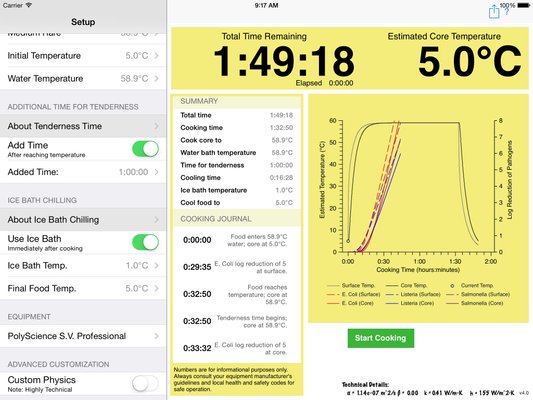
Sous Vide Dash. Apple Store
Source.
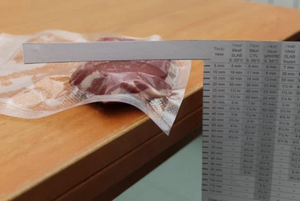
The advantage of this technique is that it can achieve a very precise cooking, highlights the flavor of the product, maintains its juiciness and most of its nutrients, since they are not disregarded in water. You can also achieve amazing product modifications that common cooking can not do.
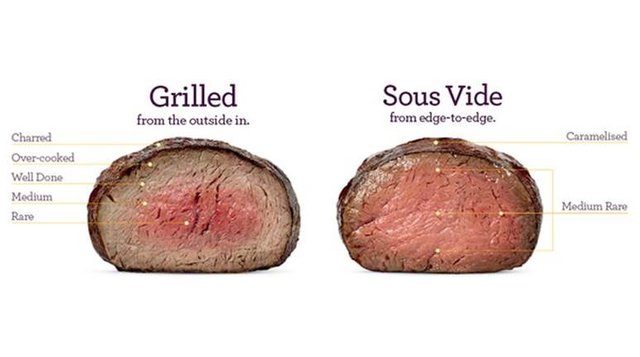
Source.
Apart from that there are infinities of options in which you can prepare with Sous Vide: entries, main, desserts, pickles, candies, etc, etc. etc. All these are using several methods: packaging, bagging or direct pressure. At this moment, we will talk about bagging.
To cook Sous Vide, there are equipment and materials that make this method simple and effective: Vacuum sealers, circulators of thermal water (Roner) and plastic bags for food. Here are some examples to differentiate between industrial equipment and domestic equipment:
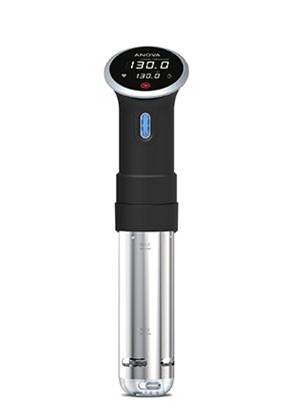 Source | 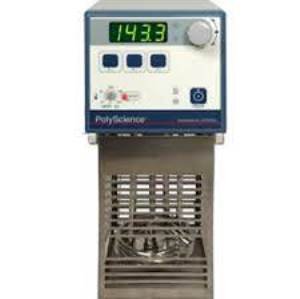 Source | |
 Source | ||
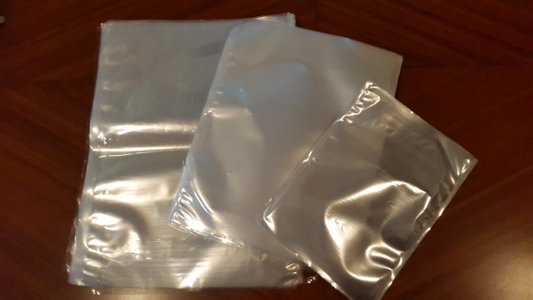 Source |
Stovetop method:
You just need a thermometer, ziplock bags, clothes hooks.
The food is introduced into the ziplock bag, some fat (vegetable or animal) or some sauce is added to prevent it from sticking to the bag at the time of cooking. This also helps to produce a pressure close to the vacuum.
Then, the bag is immersed in a deep container filled with water without reaching the hermetic seal for a few seconds, also helping to move as much air as possible. Close the ziplock bag almost completely, leaving a small space to give a vapor output of the contents of the bag during cooking and remove it from the water, reserving it vertically.
Preheat a deep pot with water to the temperature of your preference or according to the cooking table, constantly checking the temperature of the water with the thermometer. It is important to keep an eye on the thermometer if you want the cooking to be accurate. You can use a thread and tie it by the handles to keep it firm. Be careful to leave it near the fire.
Insert the bag in the hot water, using the hooks of clothes on the edge of the pot, to prevent the hermetic seal from sinking. Move constantly to prevent the contents from adhering to each other.
Once the bag has been placed in hot water, set the timer according to the time indicated in the cooking chart for your preferred term. Once the cooking is finished, remove and submerge in cold water immediately to be reserved or re-start the product from the bag and finish the cooking details to be served.
Cooler method isolated:
Repeat processes 1 and 2 above.
Fill the cooler with preheated water at the temperature of your preference. You can adjust the temperature of the water by adding cold or hot water until it reaches the desired point.
Insert the bag into the cooler and close over the seal of the bag. Check the temperature every 30 minutes and shake a little, add hot water if necessary.
Complete with the previous process 5
TIP: Sous Vide can be cooked from raw, preferably fresh and quality products. They can also seal the products before cooking Sous Vide, with the proviso that the product must be cold before entering the bag.
I hope you have enjoyed this information. In my future publications we will be working with this miraculous technique.

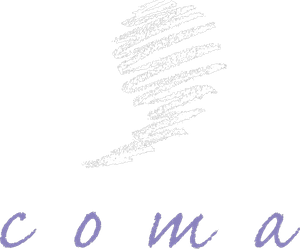

)
Thanks for reading and leave your comment.

DISCLAIMER: dropahead Curation Team does not necessarily share opinions expressed in this article, but find author's effort and/or contribution deserves better reward and visibility.
to maximize your curation rewards!
with SteemConnect
Do the above and we'll have more STEEM POWER to give YOU bigger rewards next time!
News from dropahead: Bye bye 25+ and 50+! Welcome 20+ 40+ and 60+!
Quality review from the dropahead Curation Team
According to our quality standards(1), your publication has reached an score of 92%.
Congratulations for your excellent work!
(1) dropahead Witness' quality standards:
- Graphic relation to the text (Choice of images according to the text)
- Organization and coherence
- Personal sense of the text (Logic, complexity, understanding, what makes it interesting for the reader)
@dcardozo25 this post was presented at the most recent Pimp Your Post Thursday on the Steemit Ramble Discord. I have written a post to share your featured post. Just stopping back to let you know that you can see your name in lights right here. (Just kidding about the lights :)
Thank you so much! :D
I really enjoyed this article, @dcardozo! I have the Anova sous vide cooking unit which heats and circulates the water in any container. I works fabulously! We love the way food turns out when cooked this way, and it is easy to leave it all day while we are at work, and return home to a quick to prepare, tasty and healthy meal. The best part about it is that we were able to purchase this unit for a crazy-low price on Amazon.com
I have upvoted and resteemed this article for you, and it will be featured in my curation trail daily report today!
Cheers!
Thank you very much! I really appreciate it. Anova is one of the best brands of immersion circulators of all time. And Joule of Chefsteps is a good product. I have been wanting to buy mine from Amazon for months, but it has been so hard for me to have it because of the low income that I have had in Venezuela. Now with your support the goal is closer Hahaha I am very excited. Thank you very very much. :)
That's great, @decardozo25! I recommend also getting one of the plastic tubs with the lid that fits the sous vide unit. That is my next purchase. It will make the process all the easier.
Cheers!
Yes! My goal is to buy the combo of roner, container and rags that shown on Amazon.
That will be the best, @decardozo25! You will be glad you did that.
Cheers!
Congratulations! This post has been chosen as one of the daily Whistle Stops for The STEEM Engine!
You can see your post's place along the track here: The Daily Whistle Stops, Issue #8 (1/5/18)
The STEEM Engine is an initiative dedicated to promoting meaningful engagement across Steemit. Find out more about us and join us today!
YEY! Thank you so much! :D
Excellent, well thought out post. I didn't know about the Maillard reaction. Fascinating.
I know, that what I thought when i studied culinary arts. And even is more fascinating all the cientific studies about the complete chemical reaction of foods.
We have some friends who have one of these and they love it. They say it makes great steaks and we thought about getting one to try out before we moved to Panama, but it didn't happen. Thanks for reminding me of this! Something we want to look into getting!
The sous vide steaks are steak godness. You MUST try to eat one of them. The taste are completly different, most intense and so juicy inside. I'm melting just writing this... haha. But also with sous vide you can make so many things, just check the webs of my bibliography, you gonna like it. :)
Really cool. I bet it is pretty tasty and really good to cook with!
Is sous vide cooking now popular in restaurants? Is it considered a 'proper' method of cooking by purists?
Yes, it is popular in many modernist restaurant. As I said before The advantage of this technique is that it can achieve a very precise cooking, highlights the flavor of the product, maintains its juiciness and most of its nutrients, since they are not disregarded in water. You can also achieve amazing product modifications that common cooking can not do. also includes the reduce of prices cost.
The theme of purists is what makes Sous Vide an interesting topic to discuss. For some it is not their own cooking method, they consider it "cheating", because it is simply delaying the cooking time and doing it unconventionally. However, for some it is acceptable, because it is about cooking at a low temperature, as many cultures have done for thousands of years, only that technology is implemented to be easy to use. In addition, it has a great nutritional advantage, as long as it is practiced correctly.
Thanks for your comment. Amazing questions. :)
But Purists will say
NO :P
@dcardozo seems to know how to use it properly and that is great!
Sadly most restauratns nodaways use it for the purpose of increasing production and reducing wages, especially in france in where going to a new restaurant is a culinary equivalent of a Russian Roulette
It is fast it is clean, allows for better conservation, even allows for splitting brigades having just manipulators doing the dressage.
It got its way into restaurants from catering preparation labs and industrial meal preparation looking to comply with stringent sanitary regulations.
Some will say for cooking meat is perfect because you can achieve an homogeneous temperature, but part of the charm or perfectly grilled meat is that gradual heat transfer as water evaporates on the surface and theMaillardreaction starts caramelizing the protein which is what gives this distinctive flavor.
It can be maillardissed after sous vide, but it will be a fast torch blow, which tends to carbonize more than maillardise...
But the advantage is that makes more accessible for anyone to present better result and to homogenise recipes around several site franchises.
The biggest chefs use it, but it is a complete different level, becasue they don't need time, they have time for perfection... So they will sous cook something sous vide to achieve the homogeneous cooking to get to the center of the piece (whatever it is that its been cooked) and then finish it on a real Poele with salty Breton butter to give a perfect maillardisation seconds before dressing.
It is a technique that solves two different problems at two different Cooking levels.
Either increase production while requiring less skills or on the contrary achieve perfection by using it to increase the required cooking time to present a better organoleptic experience.
What a concrete, specific and completely correct answer! Amazing!
In an industrial case, the use of sous vide is advantageous for all the points that @nnnarvaez just mentioned, covers 80% of the sanitary obligations (20% error of human factor), the loss of raw material is less than 75% (25% error human factor) and the control of maillarization is simple to achieve a perfect finish. But such complexity tends to lose the essence of what real cooking is, creating habits of less interest for what is being done, except for the great chefs and perfectionists.
On the other hand, in domestic terms, nothing better than having the luxury of cooking perfectly in your own home or saving work and food. And is that sous vide is a great topic to make it viral and sell it in infomercials haha.
At home It is cool because people will think they are great cooks and also will recognize when badly used if ever find it when eating out.
And yet we masters and Gods of the pans and the "Fourneaux" will still be able to amaze, because we love to invest time to achieve organoleptic perfection.
Sous-vide Vs Salty butter
clash of titans...
@originalworks
The @OriginalWorks bot has determined this post by @dcardozo25 to be original material and upvoted it!
To call @OriginalWorks, simply reply to any post with @originalworks or !originalworks in your message!
;)
Excellent post! I've never heard of this technique, so it was nice to learn something new! Thank you! 😊
Thank you very much! It is a technique that is used many times in modernist restaurants and is increasingly valued at home. Not many people can apply this cooking technique without special equipment, so there are options for cooking and there are many other options to do so. Just check the links in the images to get more information about it. :)